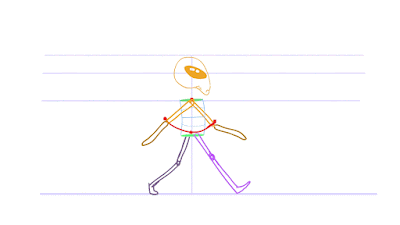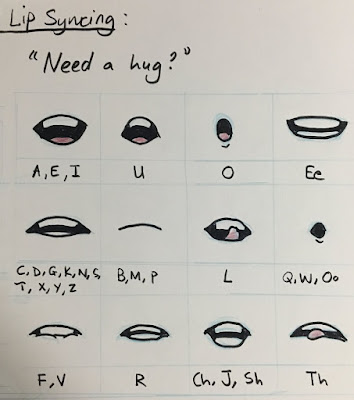Aesthetic
One of our first steps was to develop moodboards, or as O’Hailey (2010, p. 5) puts it - a ‘visual target’. We decided to go with a flat, cartoony art style to reflect childlike awe and bubbly aesthetic.2D animation is more suitable aesthetically, since it is less likely to suffer from uncanny valley compared to 3D CGI. Uncanny valley is a phenomenon that makes viewers feel uncomfortable when looking at objects that closely resemble humans. Although first described by Masahiro Mori in the robotics field, it also applies to animation (see Fig 1 by (Engländer, 2014)).
Traditional 2D animation was considered for its textures (brushes, paper and other physical media), but digital 2D animation can also recreate these effects (to some degree) and for a fraction of the cost. Going digital meant we could animate faster using digital tweening, but this runs the risk of motion looking mechanical and unappealing.
Bibliography
- Engländer, F. (2014) The Uncanny Valley. Available at: https://www.animatorisland.com/the-uncanny-valley/?v=79cba1185463 (Accessed on 29 December 2018)
- O'Hailey, T. (2015) Hybrid Animation: Integrating 2D and 3D Assets. Second edition. Abingdon: Focal Press



















































